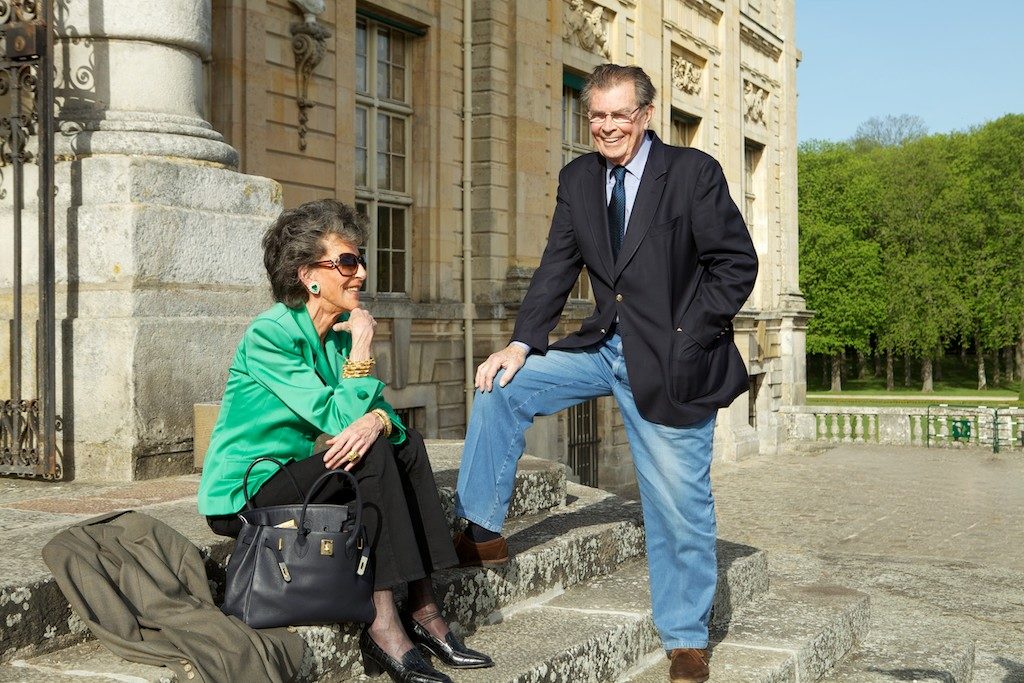Law & Politics
Thieves Used Neckties to Steal $2.2 Million in Loot From a French Castle That Helped Inspire Versailles
The robbers have yet to be captured.

The robbers have yet to be captured.

Caroline Goldstein

Last week, in the hours before dawn, six masked thieves crept into the private quarters of the lavish 17th-century chateau Vaux-le-Vicomte.
There, the robbers tied up 90-year-old Patrice de Vogüé and his 78-year-old wife, Cristina, with neckties, according to local police. The couple were otherwise uninjured—chateau management told artnet News that they are now “doing fine”—but the thieves made off with €2 million ($2.2 million) worth of loot.
Despite making off with an impressive haul of emeralds, the thieves didn’t attempt to take any of the tapestries, bronze sculptures, or paintings that adorn the lavish buildings. As of press time, they have yet to be caught.
The estate is often used as a stand-in for Versailles on movie sets, like the 1979 James Bond film Moonrake and Sofia Coppola’s Marie Antoinette. The dramatic landscape is also used as an event space for lavish gatherings like the 2007 nuptials of Eva Longoria and Tony Parker and yearly Grand Siècle events, where costumed enthusiasts gather to frolic on the expansive lawns in 17th-century garb.

Christina and Patrice de-Vogüé outside the chateau. Courtesy of the Château de Vaux-le-Vicomte.
The baroque chateau was built over the course of 20 years under the direction of Nicolas Fouquet, Louis XIV’s finance minister as he was quickly ascending the social strata of the monarchy. Fouquet’s design was revolutionary for uniting the various aspects of the estate: Louis Le Vau was brought on as architect, along with landscape gardener André Le Notre, and renowned painter Charles Le Brun, who together created a harmonious mise-en-scene that would become the hallmark of Louis XIV’s style.
The recent theft wasn’t the first time trouble hit came to the palace, however. Shortly after its completion in 1661, Fouquet was arrested for allegedly embezzling from the king. But even though it turned out to be a ruse concocted by Jean-Baptise Colbert, who took Fouquet’s place as finance minister, in the aftermath of the scandal, Voltaire wrote: “on 17 August at six in the evening Fouquet was the King of France: at two in the morning he was a nobody.” Louis XIV responded by ordering his own bigger and better version of Vaux-le-Vicomte, thus heralding the considerably larger palace Versailles.